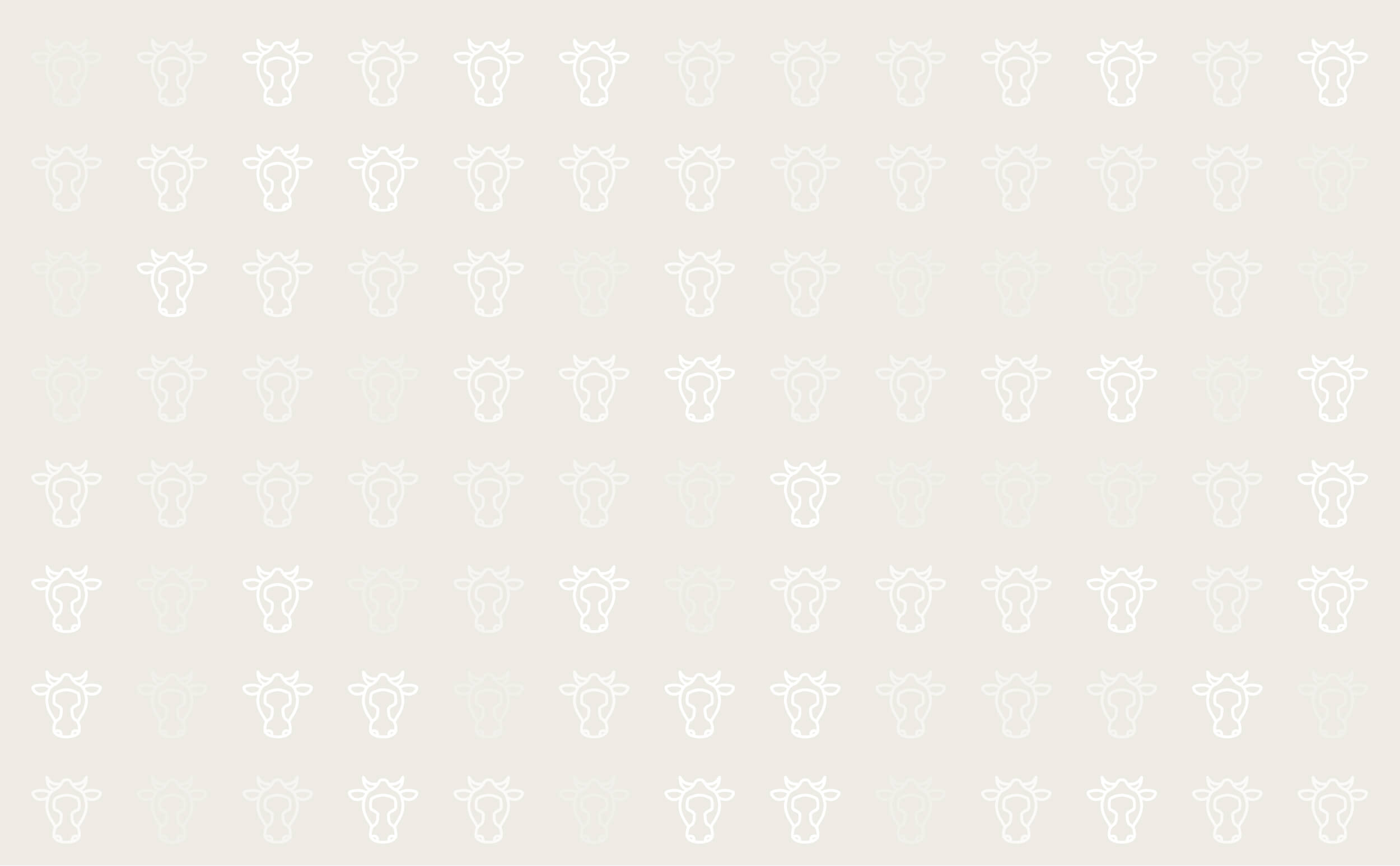



Bovine Spongiform Encephalopathy (BSE)
Bovine Spongiform Encephalopathy (BSE) is a transmissible, neurodegenerative, fatal brain disease of cattle. The disease has a long incubation period of four to five years, but ultimately is fatal for cattle within weeks to months of its onset. BSE first came to the attention of the scientific community in November 1986 with the appearance in cattle of a newly-recognized form of neurological disease in the United Kingdom (UK).
Cause
Epidemiological studies conducted in the UK suggest that the source of BSE was cattle feed prepared from bovine tissues, such as brain and spinal cord, that was contaminated by the BSE agent.
Speculation as to the cause of the appearance of the agent causing the disease has ranged from spontaneous occurrence in cattle, the carcases of which then entered the cattle food chain, to entry into the cattle food chain from the carcases of sheep with a similar disease, scrapie.
BSE in the brain affects the brain and spinal cord of cattle. Lesions are characterised by sponge-like changes visible with an ordinary microscope.
The agent is highly stable, resisting freezing, drying and heating at normal cooking temperatures, even those used for pasteurization and sterilization.
The nature of the BSE agent is still a matter of debate. According to the prion theory, the agent is composed largely, if not entirely, of a self-replicating protein, referred to as a prion. Another theory argues that the agent is virus-like and possesses nucleic acids which carry genetic information. Strong evidence collected over the past decade supports the prion theory, but the ability of the BSE agent to form multiple strains is more easily explained by a virus-like agent.
As the disease progresses, more and more prion proteins are caused to deform into the beta pleated sheet, or infectious, state. As the deformed proteins increase in number, the degeneration process increases exponentially, and leads to the appearance of microscopic ‘holes’ in the brain. It is these holes which lead to the ‘spongy’ degeneration of the brain and spinal cord.
BSE is not contagious and cannot be transmitted animal-to-animal contact.
Symptoms
As the disease affects the brain, the symptoms are the gradual lack of mental and physical ability. In cows this degeneration of the brain results in an ability to stand or walk straight, and has therefore given rise to the common term ‘mad cow disease’. BSE ultimately results in death.
Treatment
There is no way to tell if live cattle are infected with BSE. Ordinarily the disease is confirmed after death, when the microscopic appearance of ‘holes’ in the brain can be seen and identified as BSE.
Prevention
BSE is a notifiable disease. Most countries follow OIE guidelines and have BSE control and prevention programmes in place, which involve the monitoring of dead and slaughtered cattle.
Guidelines also prohibit the use of ruminant proteins in the preparation of animal feed. Also bovine offal fed to humans has been limited in some countries to prevent risk to humans.
No infectivity has yet been detected in skeletal muscle tissue. Reassurance can be provided by removal of visible nervous and lymphatic tissue from meat (skeletal muscle).
Milk and milk products are considered safe. Tallow and gelatin are considered safe if prepared by a manufacturing process which has been shown experimentally to inactivate the transmissible agent and, if prepared from specifically identified tissues, or from cattle without risk of exposure to BSE.
Transmissible Spongiform Encephalopathies in animals
Transmissible Spongiform Encephalopathies (TSEs) are diseases characterized by spongy degeneration of the brain with severe and fatal neurological signs and symptoms. BSE is one of several different forms of transmissible brain disease affecting a number of animal species. Scrapie is a common disease in sheep and goats. Mink and North American mule deer and elk can contract TSEs. A neurological disease in household cats and in ruminant and feline species in zoos has been linked to BSE; most cases in such animals appear to have occurred in the UK.

